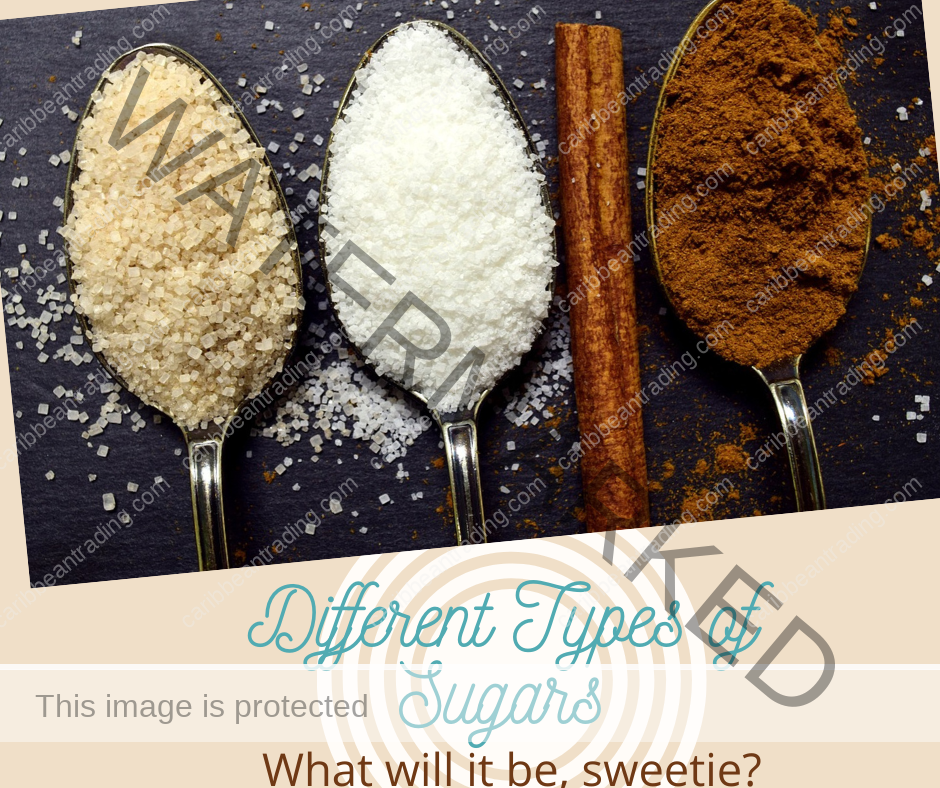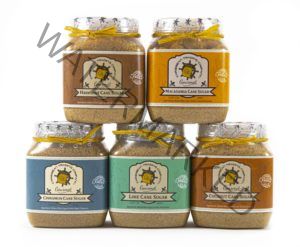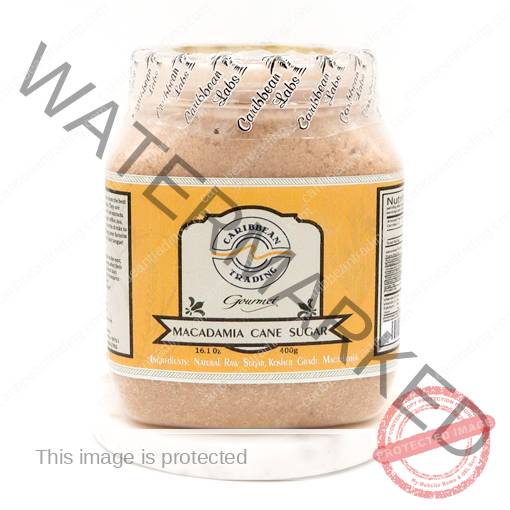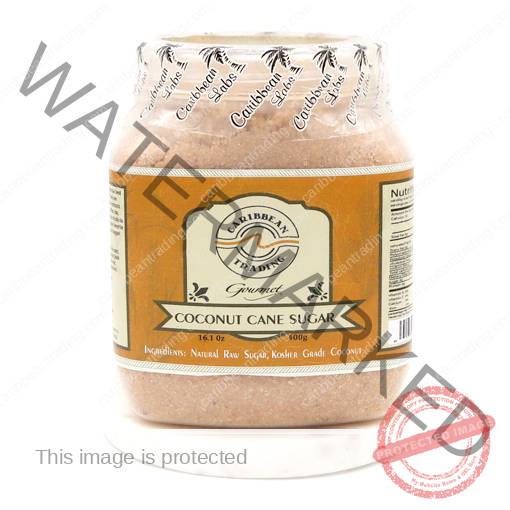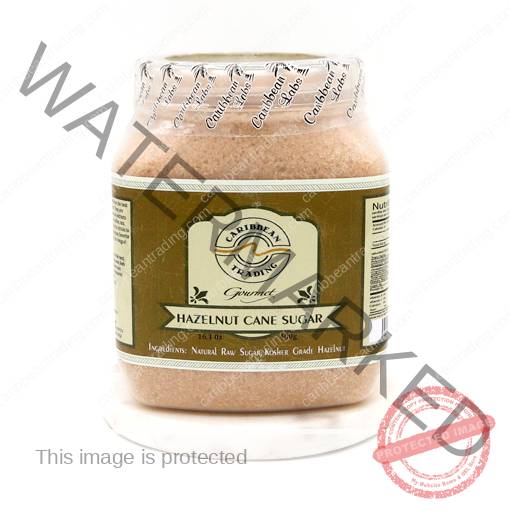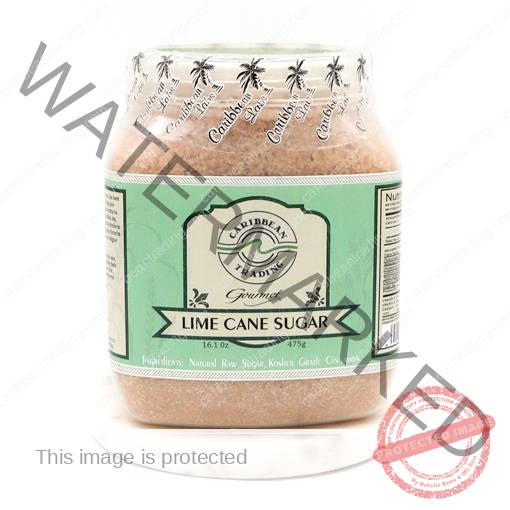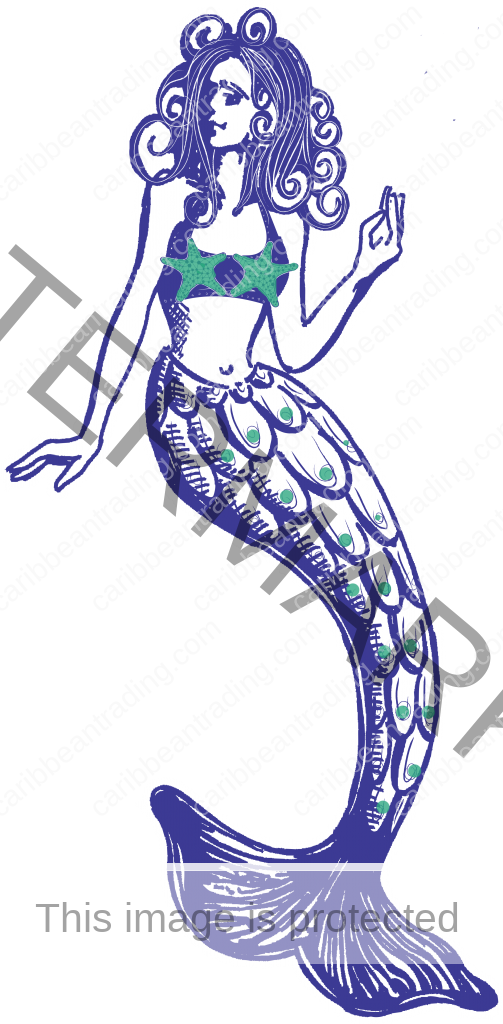Caribbean Lifestyle, Food & Recipes, Products, Uncategorized
The Different Types of Sugars
There are so many different types of sugars on the market these days. And I’m sure I’m not the only person who has had to google a sugar type found in a recipe to see what it is (Caster sugar? What?).
Different sugars arise from the size of the crystals, how much of the molasses has been extracted or added in the production process. The type of sugar used can really affect a recipe, so it’s helpful to know the differences. We have created a handy guide on some of the more commonly seen different types of sugars to help clear up the confusion.
Different Types of Sugars and What they are Best Used for:
Granulated Sugar
This is the most common refined sugar. It is a fine crystal size and it’s color is white.
- Good for: Cooking and Baking due to it’s consistency.
Confectioner’s or Powdered Sugar
This is actually just a finely ground form of refined granulated sugar, until it becomes a fine powder. If you need some and don’t have in your pantry, you can just blend a cup of granulated sugar with about 1 tablespoon of corn starch
- Good for: Icing (dissolves easily in liquid), sprinkling on top of desserts, and making whipped cream
Caster Sugar
This is a superfine sugar that has a very small crystal size. It is more commonly used in Great Britain and Australia.
- Good for: Simple syrups, Mixing into cocktails, some baking recipes, sauces, puddings.
Cane sugar
Cane sugar is a minimally processed sugar that’s made from sugarcane alone. It is an easy substitute for any recipe calling for granulated sugar, but has retained a bit more of it’s natural flavor. Caribbean Trading offers a line of Cane Sugars sourced from the best sugar cane available in the Caribbean.
- Good for: Pretty much everything. A great all-purpose sugar to have.
Light brown sugar
Brown sugars are made by adding molasses to refined sugar crystals to a light brown color.
- Good for: Baking, especially cookies because it has added moisture.
Dark brown sugar
Dark brown sugar is darker in color and has more molasses than light brown sugar.
- Good for: Gingerbread cookies, Baked Beans, Barbecue Sauces
Turbinado sugar
Turbinado sugar is also a less-refined sugar, and its’ crystal size is generally larger. It is after molasses is pulled out, but before further refinement. They have a nice flavor because of this.
- Good for: Adding to coffees and teas, topping or sprinkling onto muffins, etc.
Muscovado Sugar
Also known as Barbados Sugar, this is the most unrefined cane sugar, and has notes of butterscotch and a bit of an aftertaste due to its’ retention of molasses. So if you are looking for that flavor in your baking, this is the sugar to use.
- Good for: Puddings, Baking, Barbecue and Savory sauces
Liquid sugar
Basically, liquid sugar or Simple syrup, is a mix of a 1:1 ratio of white granulated sugar and water.
- Good for: Sweetening drinks like coffee, tea or cocktails.
Sugar From Sugar Beets vs. Sugar Cane
Sugar is made by extracting sugar juice from either sugar beets or sugar cane plants. It is often not differentiated between the two sources once it gets to the final product on the shelf.
It is important to note that the molasses that gives brown sugars it’s brown color is only found from sugar cane.
By the time sugar is fully processed, the chemical composition of the sugar is essentially the same, whether from sugar beets or sugar cane. But, many chefs and bakers do believe there is a difference when it comes to how recipes come out, and prefer to only use Sugar Cane. The reason behind the differences is unclear- it could be trace minerals, or it could be the moisture content – and of course, molasses!
Looking to add a bit of Caribbean flair to your life? Check out our online shop for gourmet hot sauces, seasonings and other Caribbean treats and Caribbean bath and body items.
Liked this article? Join the Crew and Start the Journey! Connect with Us for News, Events, Lifestyle, and all things Caribbean by joining our Newsletter – Click Here to Join or find us on Facebook or Instagram.


